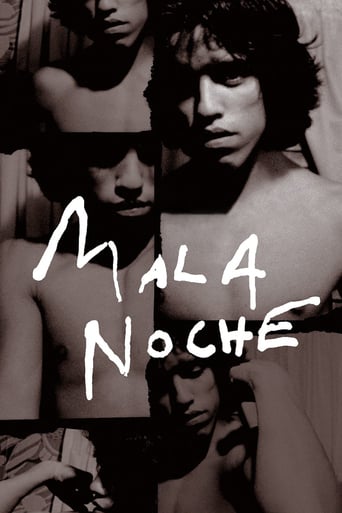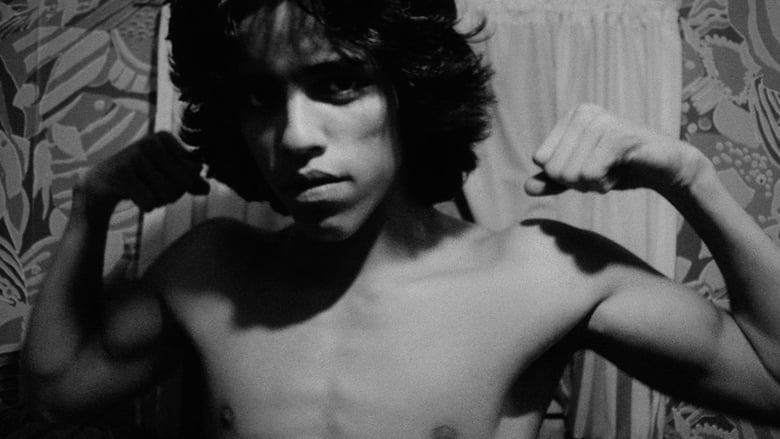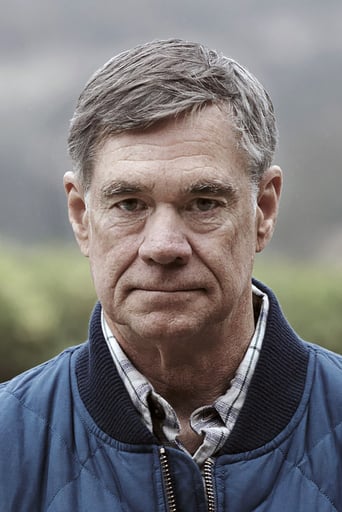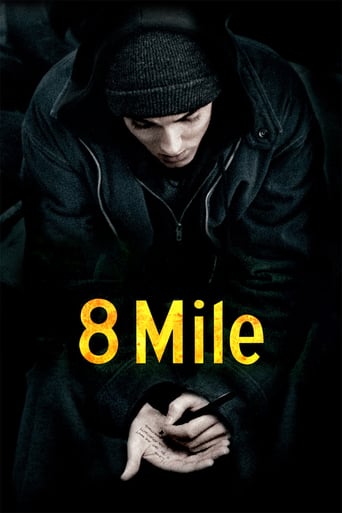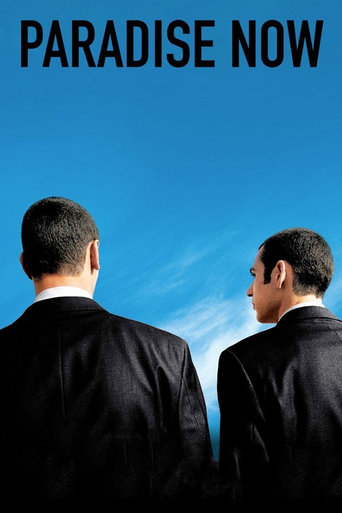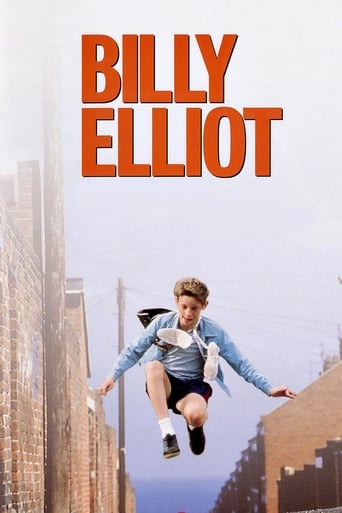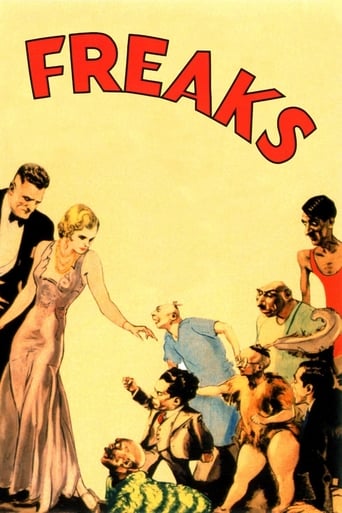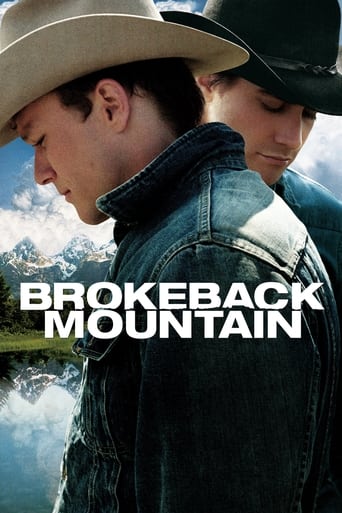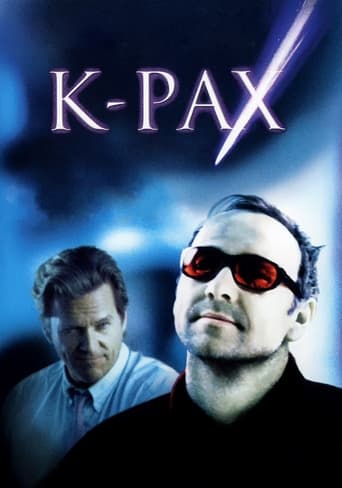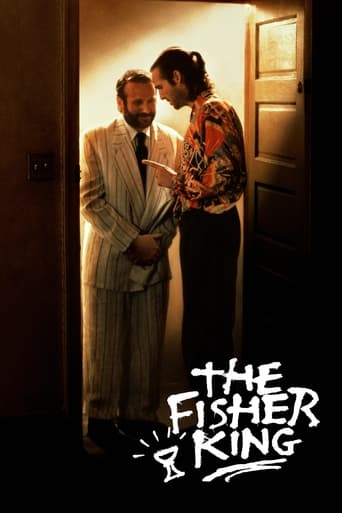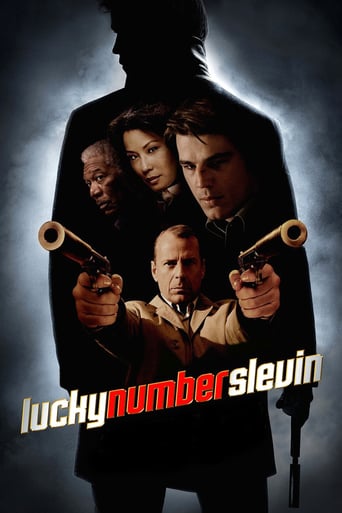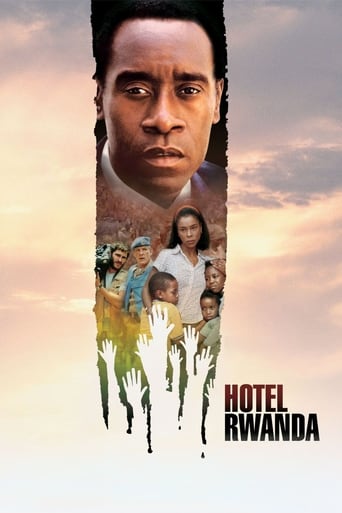Mala Noche (1986)
Walt is a lonely convenience store clerk who has fallen in love with a Mexican migrant worker named Johnny. Though Walt has little in common with the object of his affections — including a shared language — his desire to possess Johnny prompts a sexual awakening that results in taboo trysts and a tangled love triangle.
Watch Trailer
Cast


Similar titles
Reviews
A Masterpiece!
it is finally so absorbing because it plays like a lyrical road odyssey that’s also a detective story.
A great movie, one of the best of this year. There was a bit of confusion at one point in the plot, but nothing serious.
The movie's not perfect, but it sticks the landing of its message. It was engaging - thrilling at times - and I personally thought it was a great time.
"Mala Noche/Bad Night" is immediately recognizable as a Gus Van Sant film, with it's precisely cool and artistic style. From the opening shots in the box car, as the two Mexican friends sneak across the border, shadows play upon their faces, emphasizing the fear and excitement that these guys must feel. It is surprising to hear this called a "low budget" film; "Mala Noche" has the look of a polished and professional film. Blockbusters such as "Sin City" with their huge budgets, attempted to achieve the look of this one, and failed. The story is simple, and takes a back seat to the imagery. A normal-looking guy in his 20's develops a "crush" on one of the young Mexican immigrants who spends his days hanging around the Portland streets near the "gringo's" shop. Walt professes his "love" to 18 year old Johnny. However the fact that they don't speak the same language and have nothing in common, make this more a case of sexual "lust." Johnny, who has no interest in men, lets Walt into his life, if only for the benefits of some free food, cash, and rides around the city. It is quite sad and tragic to witness the Mexican boy treating Walt so cruelly, but Walt's behavior is not much better, treating the boy like a piece of meat by offering him $15 for sex. After being rejected and abandoned by Johnny, Walt finds himself in a shaky relationship with Johnny's best friend Roberto. When Roberto enters the picture, the film gets even better. It is interesting to witness how these two outcasts relate, as they struggle to understand each others worlds. Roberto, played by Ray Monge is more likable than the hardened Johnny, and possesses this quality that makes you want to take care of him. When he becomes sick, Walt does just that, and this is the most unforgettable thing about "Mala Noche." This is one of the very few gay-themed films that is actually "cool," and not embarrassing to watch. Van Sant made the surprising and wise decision to make Walt a totally normal, straight-acting, straight-looking guy. Most films present gays in the typical stereotype, feminine looking and acting men appearing foolish and camp. Of course, the best thing about Van Sant's debut film is it's style, and the phenomenal way he uses black and white to portray mood. Each frame could be cut out and hung on the wall, it is that beautiful. This is the true definition of "cult cinema." Finally available after years of obscurity, this is now available on a high quality DVD, featuring razor-sharp picture quality and good sound. For fans of Van Sants earlier work, "Mala Noche" is a must-see film. Also those who remember Portland in the 80's will get a kick out of all the street scenes, featuring locals who, mostly seem to like drinking "Night Train." "Mala Noche" is a classic..
As the stagnant state of films in the 1980's was still in its inevitable decline the emergence of a new breed of American independent directors saw this as a moment full of opportunity. Gus Van Sant decided to turn his camera on the outcasts of a small Portland neighborhood and create an intimate portrait of 3 young men at an important turning point in their lives. Not only is Mala Noche an influential example of 1980's independent cinema it also serves as a milestone for the New Queer Cinema that would become more prevalent in the 1990's. Gus Van Sant's stark debut would serve as a blueprint for many directors to come. Mala Noche focuses on convenience store worker Walt's and his infatuation with a young immigrant Jonny who is fresh off riding the rails from Mexico with his friend Pepper. From the film's first scene its unabashed open "gayness" lets the viewer know what they are in for. Van Sant makes no attempt to justify his films openly gay stance instead he embraces it and explores the beauty and darkness that accompany it. Walt and Johnny coexist solely based on their parasitic relationship. Walt gushes romanticized convictions for a boy he knows little about, such as "I want to drink this Mexican boy" or "I have to show him that I'm gay for him." While Johnny uses Walt for a house to crash and the occasional joy ride in his car. At the same time both are uncomfortable with their personal situation but can't help to hold on to what they have left.John Campbell's bleak camera work adds a lot to the look of the seedy underbelly of Portland almost as if it could have been shot as a documentary. Mala Noche is one the few films that benefits from working on such a small budget. It gives the viewer a sense that Van Sant was truly in touch on a deeper level with his subjects than just an "actor/director" level. Ultimately Mala Noche is a profound representation of America's emerging "gay" cinema and an important document of Portland in the mid 1980's. Gus Van Sant would go onto make stronger films but this fascinating debut will show he has shown a strong passion for his films and his subjects right from the beginning.
Mala Noche is kind of "a month in the life of" Walt, played by Tim Streeter, who is fawning over Johnny, (Doug Cooeyate) a Mexican who hangs around Walt's store. It's touching, sad, and frustrating to watch as Walt keeps throwing himself at Johnny, and is constantly rebuffed. Walt, who is the caregiver to just about everyone he meets, spouts life philosophy and seems to enjoy the thrill of the chase in the gritty side of town. At the same time, it's refreshing to see a film from 20 years ago treat gay characters and relationships with respect, and to give them "normal" lines without resorting to stereotypes. Oddly, Ray Monge, who plays Roberto, a friend of Johnny, is the only one has has had more than one or two roles listed in their career, and he has just four roles listed. Some neat little touches, like the bottle on a string that pulls the door closed like a spring, Walt greeting everyone on the street, and the driving lesson gone wrong. Interesting interview with van Sant on the DVD from janus/Criterion, where he explains how it was made from Curtis' story. A little offbeat and rough, but fun to watch.
In the summary, the word "fools" should more accurately be another English word with four letters, but I doubt whether the regulations for this site will permit that. That is the subtitle for this movie and it does tell one side of the story. Another side involves the randomness of life in Portland, a city that's more like an overgrown small town with a big seamy underbelly and lots of folks eking out an existence on the margins. This movie shows with subtly limned images and snatches of wry, realistic dialogue just how vast and differentiated the landscape of "the margins" is in this town. And maybe, too, in that weird district of the Twilight Zone known as America.Twilight is a state of mind that provides the true setting for this story that seems to be a fragment of a greater whole, but nevertheless has its own peculiar beauty. The black and white photography is stunning and seductive, and perfect for the film noir desperation (occasionally melodramatic but never posturing) with which these characters seem to run their lives. The director uses chiaroscuro, the play of light and shadow over the faces and bodies of his players, to hint at people's emotions or to suggest the cluelessness with which they get through the day. Despite the sense of general confusion, there are poignant and powerful emotions that surface here, thanks to the skillfully nuanced photography and the expressiveness of the actors.The casting is perfect, but among the actors only Tim Streeter really seems to give a coherently thought-through performance. Streeter, to judge from his performance here, is an actor of brilliance and considerable sensitivity--it's sad that his only other credit is a 1987 appearance on 21 Jump Street. A lot of the shots in the movie are composed with great inventiveness, but the visual beauty that results never feels arty or contrived, mainly because of the gritty realities that encompass the characters' lives and passions.Certain scenes in this movie made me think of images that surface in the songs of indie bard Elliott Smith, whose music was used in Gus van Sant's much glitzier mainstream movie, Good Will Hunting. Images of lonely people smoking late nights away over cheap beers in loud bars, waiting for their sense of woundedness to dull sufficiently so that they can go back out on the street and face some semblance of life again. The use of music is yet another element that gives Mala Noche a distinctive flavor--the music credits cover several screens at the end of the movie--as one would expect with a director who is also a composer and musician in his own right.Poetic, frail, fragmentary and haunting, this is one of those movies where, even if you never quite get the story, certain images from it will nevertheless linger a long time in your memory after you have seen it.

